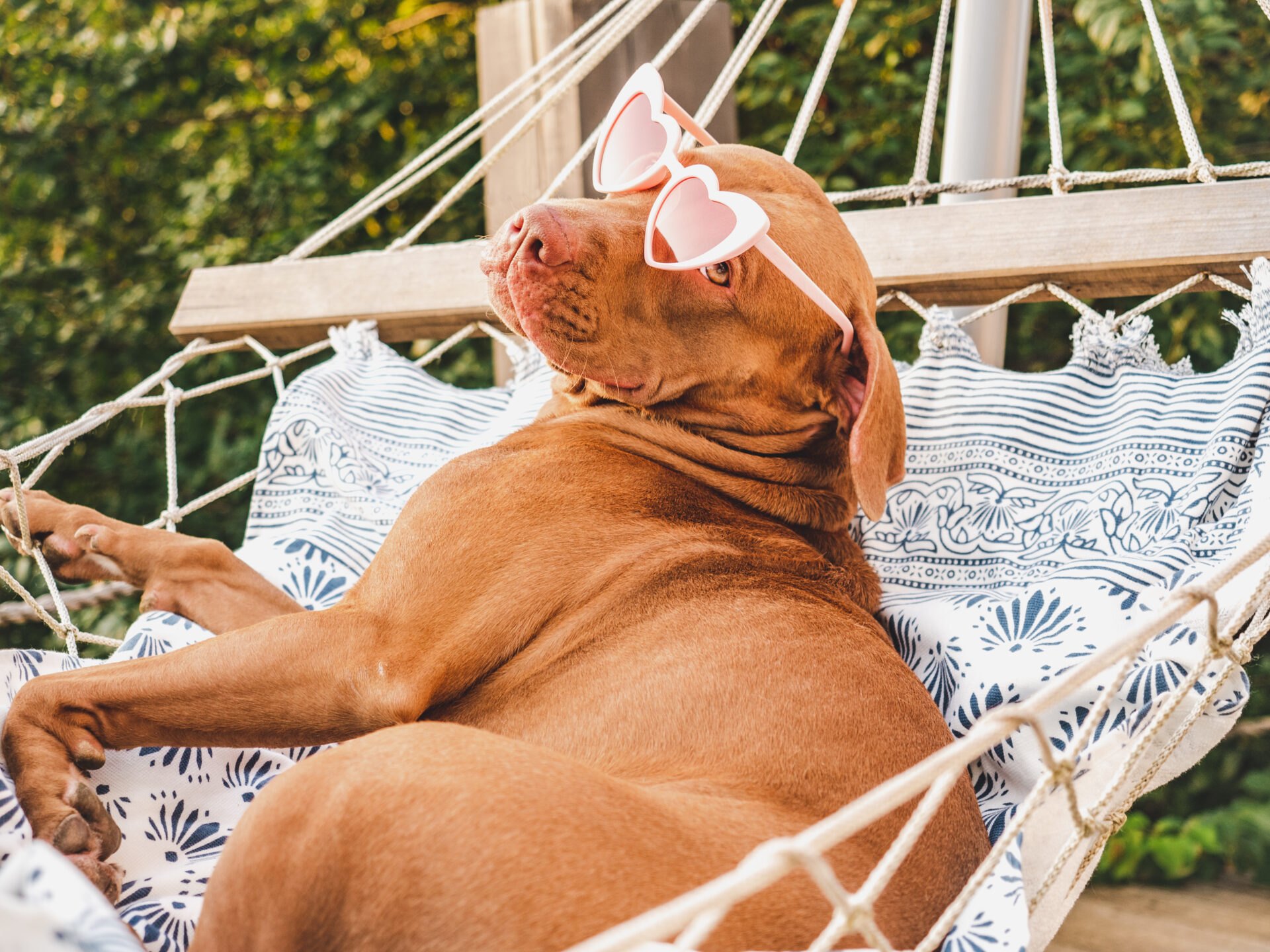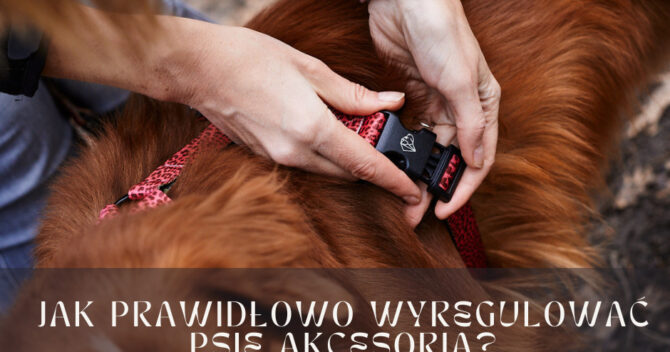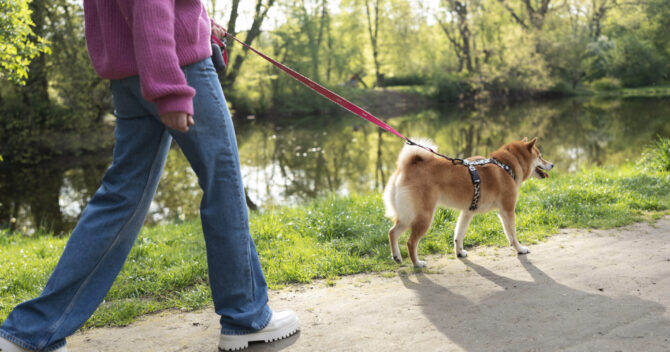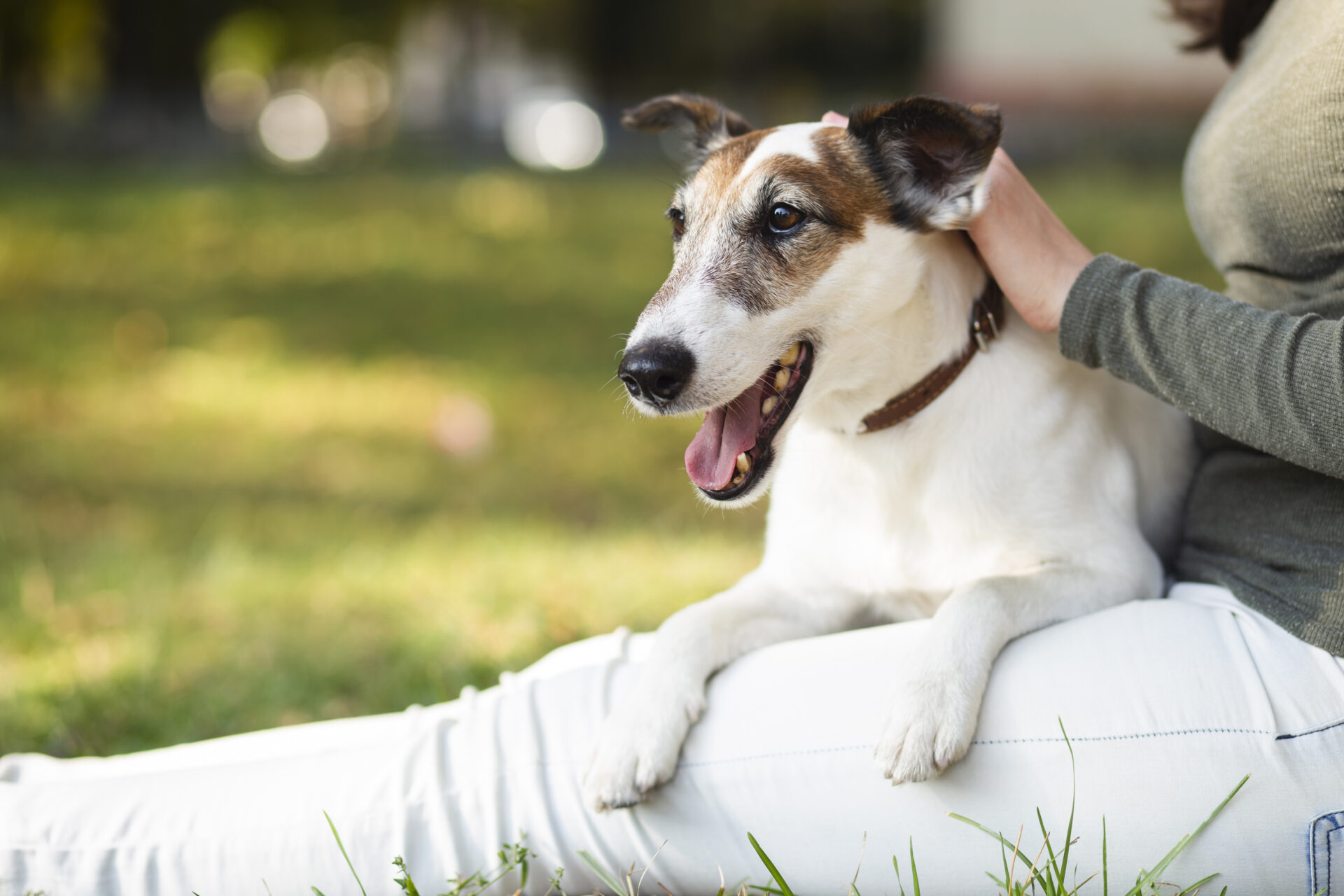Why is rest so important for a dog?
An adult dog needs about 12-16 hours of sleep a day! Puppies, older and sick dogs spend much more... up to 20 hours a day. Of course, these values include many forms of rest, from a short nap to deep sleep. The dog often lies down and looks as if he is sleeping, he lies quietly and still, his eyes are closed, but in fact he registers everything that is happening around him. His ears move with every noise, cough, ringing phone, clanging plates, etc. If the dog thinks he needs to react, he will immediately jump up, check the situation and adapt his behavior accordingly. When resting, the dog does not always have to have its eyes closed, it often lies contented, calm and quiet, with its eyes open. He also likes to rest near his loved ones, counting on caresses, or he simply enjoys contact with them, not expecting any action, rests and relaxes, gathers strength.
During this time, the dog regenerates its body, processes everything that it experienced during the day. Whether he can sleep soundly depends entirely on what he has experienced during the day, whether the day was quiet, particularly tiring, exciting or very disturbing. Rest is very important for the functioning of the dog's entire body. It affects the work of the brain, the endocrine system, as well as immunity and well-being. Dogs use sleep, mainly as a recovery phase, to process what they have experienced and gather new strength. And that's good, because sleep brings many benefits to dogs. Sufficient rest in a suitable dog bed strengthens your four-legged friend's immune system and makes him less susceptible to many diseases. A dog that rests regularly is much more relaxed and calmer. When he is rested, he learns faster and usually has clearly better motor skills.
Why is it worth teaching your dog to rest?
Rest is also important because we don't always have the time or the opportunity to take care of the dog. Sometimes we have to work at the computer, other times we are sick and don't have the strength for a long walk, or we stay at a meeting longer than expected. These are all common everyday situations that can occur while living with a four-legged pet, and it is imperative that your dog knows what to do when something unexpected happens. If we do not train our pet these habits, it may lead to problematic or even destructive behavior, such as: pulling at the leg, biting objects, barking, whining, endless barking or scratching at the door.
When to start learning to rest?
It is best to start rest training in the first days of your pet's stay at home, regardless of whether you have just brought a two-month-old puppy from a breeding farm or have decided to adopt an older dog that already has certain habits from its previous place of residence.
How to teach a dog to rest?
Choose the right place for your dog to rest. To learn to rest effectively, start by providing your dog with the right place to relax and sleep, i.e. a conveniently located bed where he will feel good and safe. It is important that the pet has positive associations with this place and knows that he is not going there as a punishment. Get him used to this place and make sure that it is associated only with friendly experiences. Come up with a short name for this place (e.g. bed, hole, refuge) and use it unchanged to facilitate mutual communication and improve learning.
How to teach your dog to rest - use your dog's full potential
Check exactly what your pet's needs are due to belonging to a particular breed. Take into account primarily the needs related to physical activity (including play), mental stimulation, and a sense of security. A bored, over-excited, or hungry student will not be a good student.
How to teach your dog to rest - provide your dog with calm and balanced training
At the moment you choose, take your pet to a place of rest and, pointing to it with your finger, say its name, e.g. asylum. You can encourage your four-legged friend to stay in this place, for example by throwing his favorite toy there. Any interest in this place, staying there or lying down - reward him immediately. The pet usually quickly notices the connection between staying in the shelter and the reward. If the dog leaves the sanctuary, repeat this step. In one session, lasting no longer than 15 minutes, it is worth trying several times to encourage him to return and stay in the resting place until you allow him to leave it. Gradually try to extend this time.
With calm, loving and consistent training, you will reach the point where your four-legged friend will happily go there on his own. He will quickly understand that this is his zone of peace, quiet and rest. To keep it that way, family members must not disturb him there and engage him in games and other activities during rest.
How to teach your dog to rest - ensure a balance between rest and activity for your dog
Finally, a little tip on the balance between rest and physical and mental activity. Use your daily walk to teach your pet to rest even on a short trip. Sit with your dog, for example, on a bench and wait until he calms down and sits or lies down. You can then praise him verbally or reward him with petting. It is important that the dog does not perceive the break as a punishment. After resting for a while, you can continue walking.
Maybe you'll like it:



